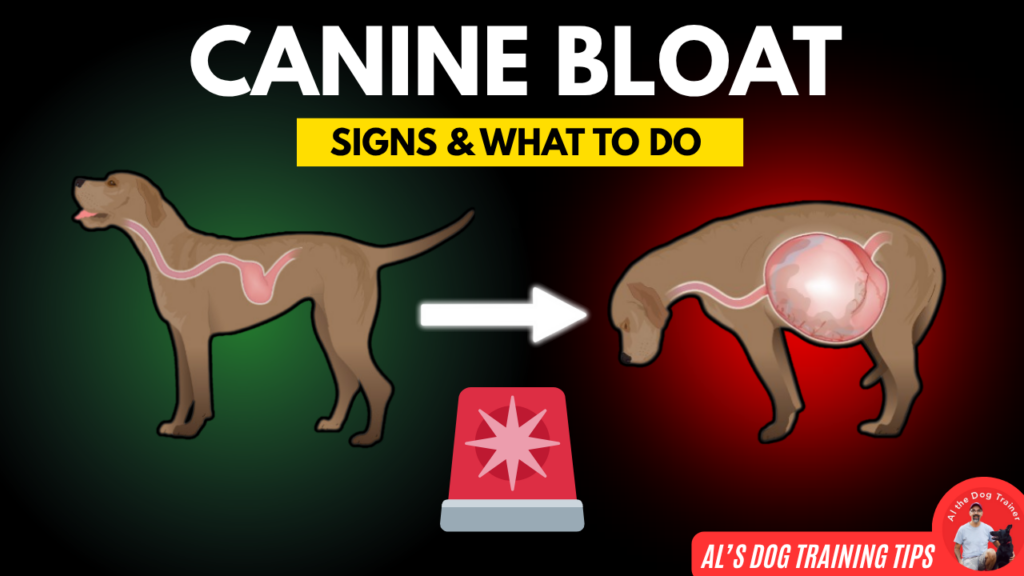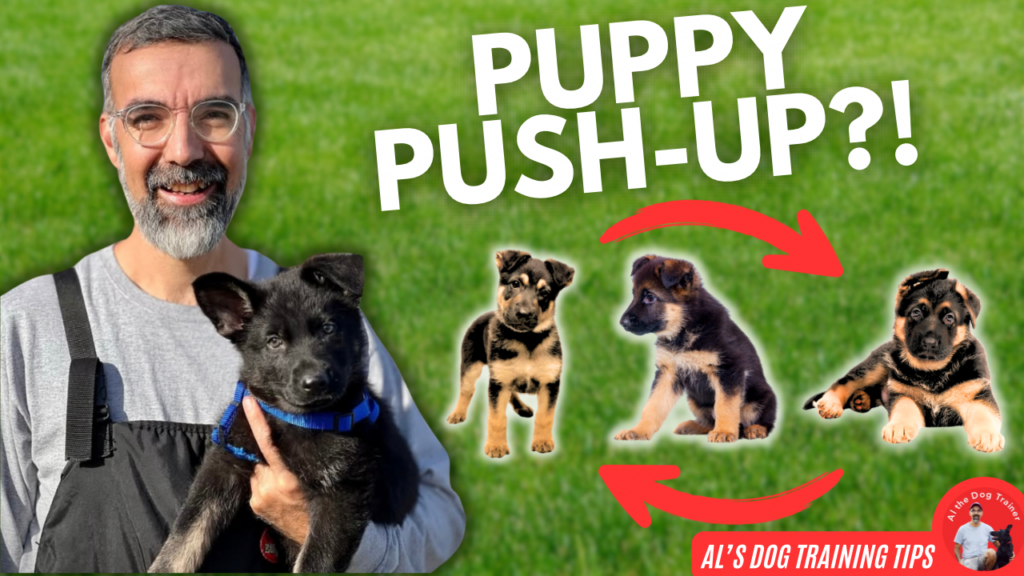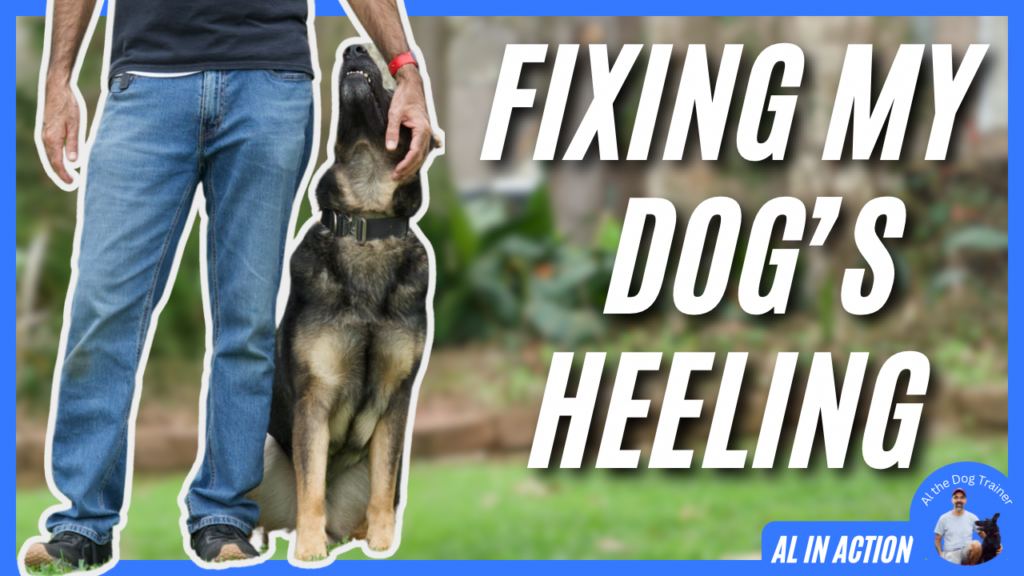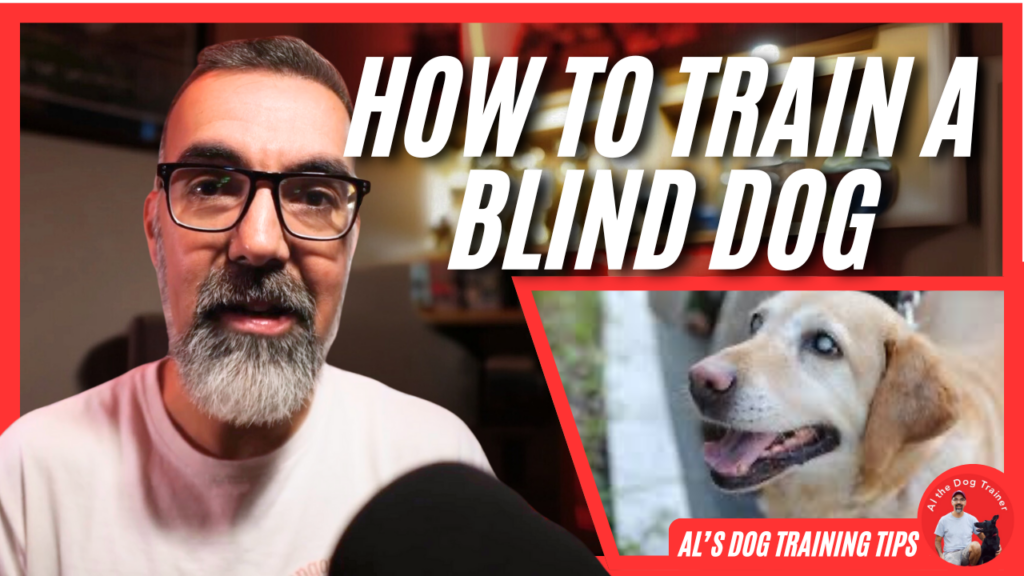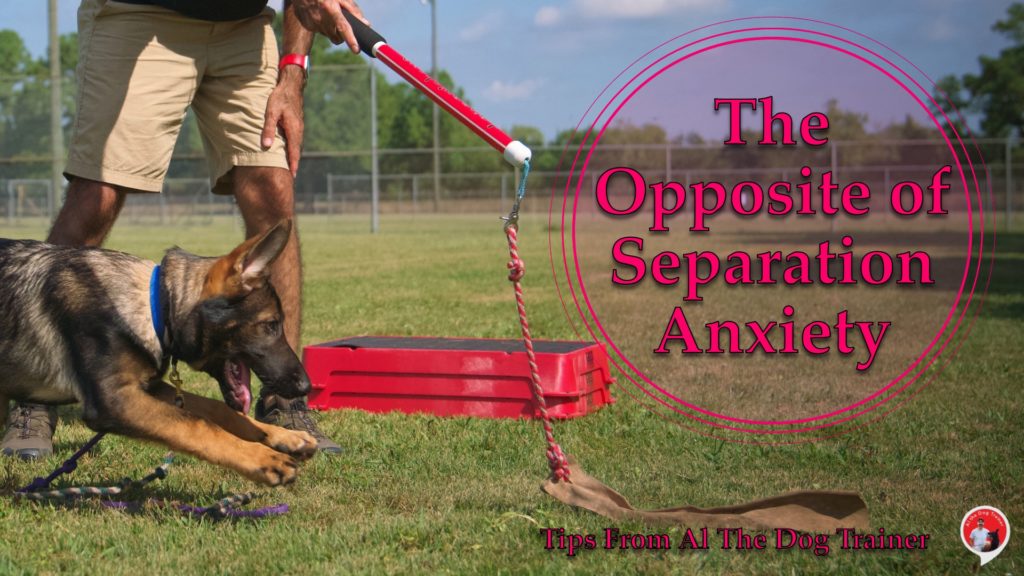
Today’s topic is the opposite of separation anxiety. Separation anxiety is no fun for the dog or the dog owners. It is quite a thing to experience and to have to deal with. I was in a home the other day, and the dog did rather well in the training evaluation. As I was walking out of the house the dog went back into the crate. You saw the ugly old separation anxiety rear its head, and it was very difficult for the dog. But I promised my clients that I would do everything within my power to help them understand how to break separation anxiety.
When I think about separation anxiety, I think about the dog being apart from the pack—being apart from its people and thinking that only bad things come from being separated from the pack. It doesn’t understand how to be an individual and that if it is an individual, good things can happen.
Separation Hope
So I also think that the opposite of separation anxiety would be separation hope. That’s when the dog is separated from us, and they understand that only good things happen while they’re separated from us and when we return.
So let’s talk a little bit about that. About how to create separation hope as opposed to separation anxiety. So the first thing that I feel that we’ve got to do is to have an area specifically that we show the dog that it is a fundamentally rewarding place. The most accessible places that I can think of are an elevated pet bed.
If you’ve been training with me or following my content for any amount of time, a crate is another perfect place to put the dog. Sometimes we can have soft bedding or a rug that can become the dog’s place, and any one of those three is a great place to start creating separation hope.
The Rewarding Place
So what you should do or what I would suggest you do if you have a dog that might be suffering from a little bit of separation anxiety, or if you’re trying to get ahead, is to simply put the dog on that said rug, soft bed, crate, or elevated bed. Begin to reward them and make it as comfortable and pleasurable for them as you possibly can. That might seem obvious, but here’s the catch.
I also want you to have a leash and a training collar of some sort. A buckle collar or a Martingale. Those are good places to start with a slip leash. If you know what you’re doing, don’t choke the dog with your slip leash. It still makes it an excellent tool. Just be careful not to do that.
So you’ve got your dog on that elevated bed, great blanket, or whatever you’re using. And as you’re showing the dog how amazing it is and your leash is entirely loose. If your dog chooses to come off, say no nicely, but say no. Use the leash too assertively, but not horribly put them back on. And then, after a few seconds, if they stay, begin to reward the dog. Then it would be best if you could start to show this process to the dog over and over on that elevated bed. Let’s call it that for now because that’s what I use.
You’re having them on there or showing them how wonderful it is. And as they’re coming off, you continue to put them back. Then I want you to progressively over the next few days, weeks, to maybe a month, begin to get further away from where the dog understands that they have to stay on the bed. Even though you’re walking away and that you might even disappear.
Use The Crate
Now, if you’re the kind that has to go to work Monday through Friday, nine to five, or anything like that, you may want to consider using your crate to do this. If you’re using the crate, I would leave the door open when you’re doing this training. But then, if the dog starts to come out and you’re close enough, close the door kindly but swiftly in the dog’s face and use the leash if you have to to put them back. Keep it up.
Keep doing this because you’re making it favorable for the dog on the inside, but you are technically punishing them for coming out of the crate prematurely. And that punishment helps to break the separation anxiety when it’s used in conjunction with the reward that the dog experiences for staying as you get further away. They understand that they must and that it’s also good for them to do so.
That is my tip on how to create separation hope and break separation anxiety. I hope it was helpful. Maybe you need some help beyond this. I would like you all to know that I have some help now. My cousin is working full-time for me, and she is helping me stay on top of all the different things that I’m responsible for. The marketing and the messages, all of that.
Message Me
So I’m going to give you my text messaging number. That number is 832-734-5189. If you have a dog training question, send it to that number. From now on, everybody will get answered in a timely fashion. And the advice that you will be getting will be coming directly from me. It’s free to anybody that wants it.
Also remember, you can always go to my YouTube Channel for more or find them right here on my website www.longoriahausdogtraining.com.
Happy Training!

